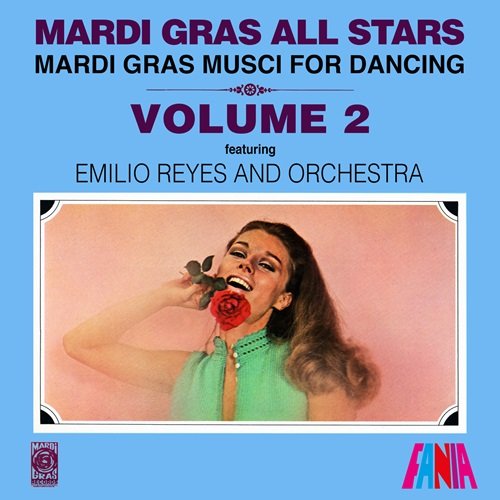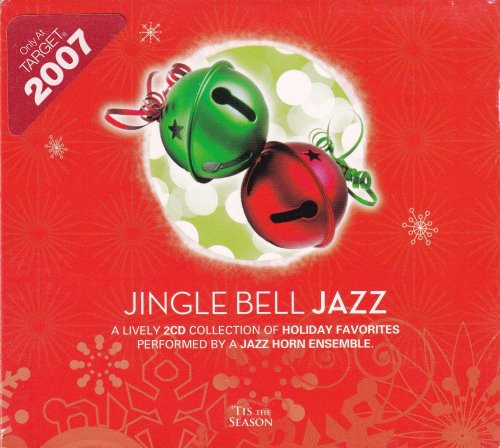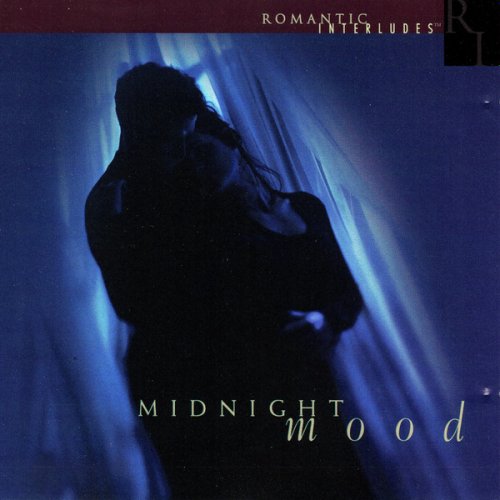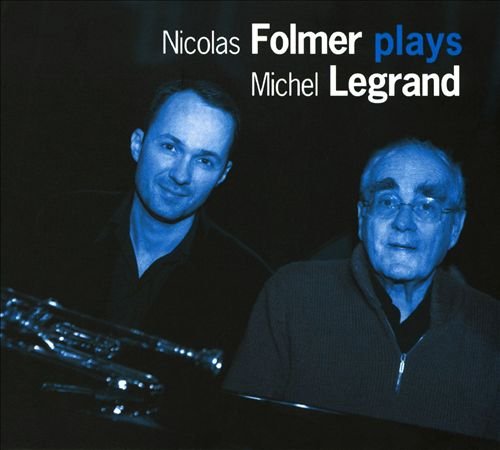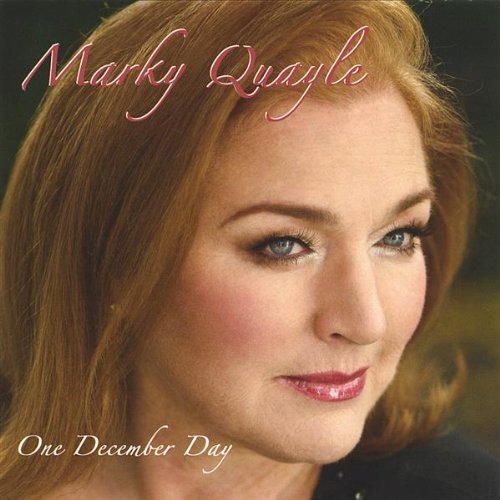Erika Haase - Ligeti: Piano & Harpsichord Works (2020)
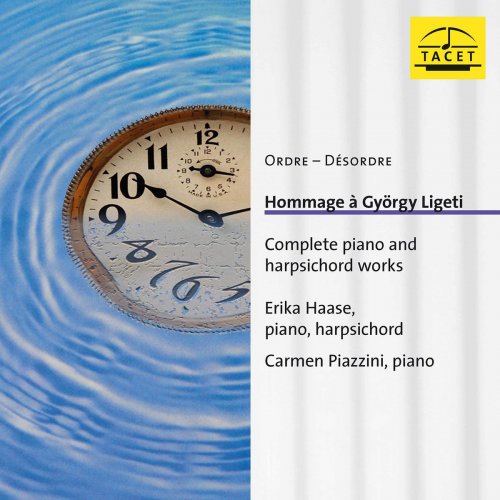
Artist: Erika Haase
Title: Ligeti: Piano & Harpsichord Works
Year Of Release: 2020
Label: TACET Musikproduktion
Genre: Classical
Quality: FLAC (tracks+booklet)
Total Time: 126:00 min
Total Size: 404 MB
WebSite: Album Preview
Tracklist:Title: Ligeti: Piano & Harpsichord Works
Year Of Release: 2020
Label: TACET Musikproduktion
Genre: Classical
Quality: FLAC (tracks+booklet)
Total Time: 126:00 min
Total Size: 404 MB
WebSite: Album Preview
CD1:
01. March for Piano 4-Hands
02. Polyphonic Etude for Piano 4-Hands
03. Three Wedding Dances for Piano 4-Hands
04. Sonatina for Piano 4-Hands
05. Allegro for Piano 4-Hands
06. Invention for Solo Piano
07. 2 Capricci: No. 1, Allegretto capriccioso
08. 2 Capricci: No. 2, Allegro robusto
09. Musica ricercata: I. Sostenuto - Misurato - Prestissimo
10. Musica ricercata II. Mesto, rigido e cerimoniale
11. Musica ricercata: III. Allegro con spirito
12. Musica ricercata: IV. Tempo di valse
13. Musica ricercata: V. Rubato. Lamentoso
14. Musica ricercata: VI. Allegro molto capriccioso
15. Musica ricercata: VII. Cantabile, molto legato
16. Musica ricercata: VIII. Vivace. Energico
17. Musica ricercata: IX. Adagio. Mesto - Allegro maestoso
18. Musica ricercata: X. Vivace. Capriccioso
19. Musica ricercata: XI. Andante misurato e tranquillo
20. Continuum for Harpsichord
21. Passacaglia ungherese for Harpsichord
22. Hungarian Rock for Harpsichord
23. 3 Pieces for 2 Pianos: No. 1, Monument
24. 3 Pieces for 2 Pianos: No. 2, Selbstportrait
25. 3 Pieces for 2 Pianos: No. 3, Bewegung
CD2:
01. Études pour piano, Book 1: No. 1, Désordre. Molto vivace, vigoroso, molto ritmico
02. Études pour piano, Book 1: No. 2, Cordes à vide. Andantino rubato, molto tenero
03. Études pour piano, Book 1: No. 3, Touches bloquées. Vivacissimo, sempre molto ritmico
04. Études pour piano, Book 1: No. 4, Fanfares. Vivacissimo, molto ritmico
05. Études pour piano, Book 1: No. 5, Arc-en-ciel. Andante con eleganza
06. Études pour piano, Book 1: No. 6, Automne à Varsovie. Presto cantabile, molto ritmico e flessibile
07. Études pour piano, Book 2: No. 7, Galamb borong. Vivacissimo luminoso, legato possible
08. Études pour piano, Book 2: No. 8, Fém. Vivace risoluto, con vigore
09. Études pour piano, Book 2: No. 9, Vertige. Prestissimo sempre molto legato
10. Études pour piano, Book 2: No. 10, Der Zauberlehrling. Prestissimo, staccatissimo, leggierissimo
11. Études pour piano, Book 2: No. 11, En suspens. Andante con moto
12. Études pour piano, Book 2: No. 12, Entrelacs. Vivacissimo molto ritmico
13. Études pour piano, Book 2: No. 13, L'escalier du diable. Presto legato, ma leggiero
14. Études pour piano, Book 2: No. 14, Coloana infinită. Presto possible, tempestoso con fuoco
15. Études pour piano, Book 3: No. 15, White on White. Andante con tenerezza
16. Études pour piano, Book 3: No. 16, Pour Irina. Andante con espressione, rubato, molto legato
17. Études pour piano, Book 3: No. 17, À bout de souffle. Presto con bravura
18. Études pour piano, Book 3: No. 18, Canon. Vivace poco rubato - Prestissimo
Collectors seeking Ligeti’s piano and harpsichord works in a single package certainly will enjoy Erika Haase’s solid virtuosity and affinity for the composer’s multi-layered rhythmic innovations. The question is how her performances fare alongside our reference “Ligeti Pianists” such as Aimard (Sony) and Ullen (BIS). To be sure, in the more rhythmically complex Etudes Haase is not so refined as her younger colleagues in matters of articulation and textural control. Yet certain interpretations benefit from Haase’s pliability. In the Musica Ricercata, for example, I prefer the impulsive momentum she generates in the third piece to Aimard’s less yielding viewpoint, as well as her quicker, giddier take on the Tempo di Valse (No. 4). And in the harpsichord works, I prefer the gentler quality and clearer timbre of Haase’s lute stop in contrast to the relatively percussive and less distinguishable pitches from Irona Kataeva’s instrument (compare Hungarian Rock’s jumping left-hand chords to hear what I mean).
Carmen Piazzini joins Haase in Ligeti’s five early pieces for piano duet and in his 1976 triptych for two pianos. Though they play well, their ensemble precision is not quite so finely tuned as the Kataeva/Aimard team (Sony) regarding exposed unison attacks and rapid repeated phrases. In essence, Volumes 3 and 6 of Sony’s Ligeti Edition duplicate Tacet and add three organ works for good measure. On the other hand, Haase includes several Book Three Etudes (Nos. 16, 17, and 18) not yet composed when the Aimard disc first appeared. While Sony remains my overall first choice, Haase’s integrity and musicianship are no less worthy of serious attention.
Carmen Piazzini joins Haase in Ligeti’s five early pieces for piano duet and in his 1976 triptych for two pianos. Though they play well, their ensemble precision is not quite so finely tuned as the Kataeva/Aimard team (Sony) regarding exposed unison attacks and rapid repeated phrases. In essence, Volumes 3 and 6 of Sony’s Ligeti Edition duplicate Tacet and add three organ works for good measure. On the other hand, Haase includes several Book Three Etudes (Nos. 16, 17, and 18) not yet composed when the Aimard disc first appeared. While Sony remains my overall first choice, Haase’s integrity and musicianship are no less worthy of serious attention.
